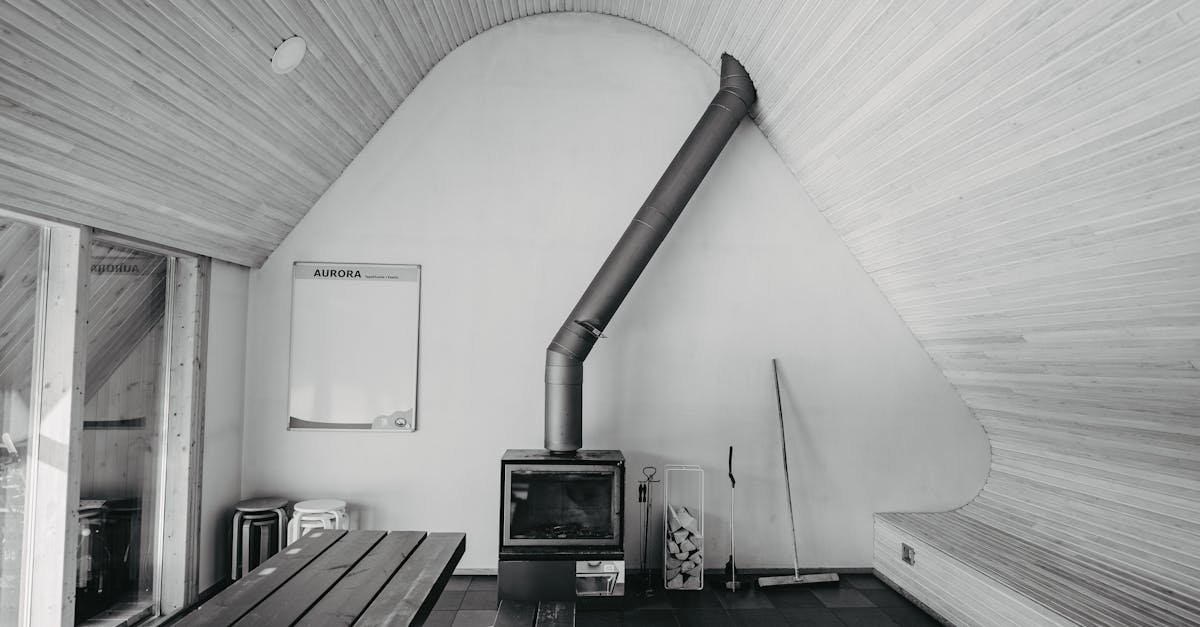Installing an electric baseboard heater can be a straightforward process if you follow the right steps. First, you’ll need to choose the appropriate location and ensure you have the necessary tools and materials. It’s crucial to turn off the power at the circuit breaker to avoid any accidents during installation.
Next, mount the heater securely to the wall, making sure to leave enough clearance for proper airflow. Finally, connect the wiring according to local codes and manufacturer instructions. With careful planning and attention to detail, you can efficiently install your electric baseboard heater and enjoy a cozy, warm space in no time.
Overview of Electric Baseboard Heaters
Electric baseboard heaters provide an efficient heating solution for various spaces. They operate by using electric resistance to generate heat, distributing it evenly throughout the room. Understanding key aspects of these heaters is essential for effective installation and use.
Pre-Installation Considerations
Before you start with the installation, pay attention to the following:
- Voltage and Circuits: Verify the voltage requirements for your heater. Consider setting up a new circuit if your current setup cannot handle the load.
- Placement: Install baseboard heaters horizontally at or near the floor. Avoid vertical or ceiling installations to ensure proper heat distribution.
- Clearance Requirements: Maintain compliance with local electric codes. Ensure proper clearance from combustible materials. The back can rest on combustible surfaces, but the top and front require specific distances.
- Local Electric Code: Always follow your local electrical codes and regulations. This ensures safety and compliance during the installation process.
With this information, you’re better prepared for a successful electric baseboard heater installation. Proper planning leads to effective heating solutions.
Benefits of Electric Baseboard Heater Installation
Electric baseboard heaters offer several advantages that enhance comfort and efficiency in your space. Understanding these benefits can help you make informed choices for heating your home.
Energy Efficiency
Electric baseboard heaters provide targeted heating where it’s needed. They use electric resistance to convert electricity into heat, which distributes warmth evenly across the room. Using a thermostat allows you to control temperatures effectively. This control prevents energy waste by heating only occupied areas. You can save up to 20% on your heating bills compared to traditional systems.
Cost-Effectiveness
Electric baseboard heaters are generally less expensive to install than central heating systems. The installation process requires minimal modifications to your home. You can avoid complex ductwork and reduce labor costs. Also, with low maintenance needs, these heaters don’t typically require annual servicing. This convenience further lowers overall costs. You may also qualify for rebates for using energy-efficient systems, offering additional savings.
Installation Process
Installing an electric baseboard heater requires careful attention to detail. Understanding each step ensures a smooth installation.
Tools and Materials Needed
Gather the following tools and materials:
- Power tools: Drill, screwdriver, and stud finder
- Hardware: Screws (not nails), anchors, and brackets
- Electrical supplies: Circuit breaker, wires, and electrical tape
- Safety gear: Gloves and goggles
- Measurement tools: Tape measure and level
These items ensure you can efficiently complete the installation while maintaining safety.
Step-by-Step Installation Guide
Follow these steps for a successful installation:
- Turn Off the Power: Always turn off the circuit breaker before starting.
- Route Power: Install a new circuit and run power from the circuit panel to the thermostat or heater.
- Locate Studs: Use a stud finder to find the studs in the wall. This provides a secure mounting point.
- Measure and Cut Trim: Measure the baseboard heater’s length. Cut the trim to fit snugly around the heater.
- Mount the Baseboard: Drill pre-holes to attach the heater to the wall. Use screws to secure it firmly.
By following these clear steps, you ensure proper function and safety in your installation.
Safety Considerations
When installing an electric baseboard heater, safety is crucial. Several key points ensure a secure installation.
Clearance Requirements
You must maintain the required clearance from combustible materials. The baseboard heater installs on combustible surfaces; but, the top and front require greater caution.
- Keep a minimum of 3 inches from furniture, curtains, and other flammable items.
- Ensure there’s at least 2 inches of space above the heater for proper airflow.
Electrical Safety Tips
Electrical safety is essential. Follow these tips to promote a secure installation.
- Turn off the power at the circuit breaker before beginning work. This prevents electrical shock.
- Use a voltage meter to confirm the power is off before touching any wires.
- Ensure wiring connections remain secure. Loose wires can cause hazards.
- Use wire nuts and strain relief connectors where needed to protect connections.
Grounding
Proper grounding enhances safety. Ensure the baseboard heater is grounded to reduce electrical shock risks. Follow all instructions related to grounding during installation.
Maintenance of Electric Baseboard Heaters
Maintaining electric baseboard heaters ensures they operate efficiently and last longer. Follow these practical tips for effective maintenance.
- Regular Cleaning: Dust and dirt can accumulate on heaters. Clean the surfaces monthly. Use a damp cloth or a vacuum to remove debris. This keeps airflow optimal.
- Inspect Wiring: Examine the wiring for signs of wear or damage. Look for frayed wires or loose connections. Report any issues to a qualified electrician promptly.
- Check Thermostat Settings: Monitor your thermostat settings to ensure they function correctly. If you notice inconsistent temperatures, replace the thermostat.
- Look for Obstructions: Ensure nothing blocks the heater. Furniture, rugs, or curtains can reduce efficiency. Maintain a clear area of at least 3 inches in front.
- Test Performance: Run the heater before winter. If it doesn’t heat evenly, check for airflow issues. Professional servicing might be necessary.
- Professional Maintenance: Schedule an annual check-up with a qualified technician. They can perform a thorough inspection, ensuring safety and efficiency.
- Evaluate Energy Use: Monitor your energy bills. A sudden increase might indicate heater inefficiency. Make adjustments or seek professional advice if necessary.
By following these steps, you can maintain your electric baseboard heaters, promoting safety and efficiency in your home.
Conclusion
Installing an electric baseboard heater can significantly enhance your home’s comfort and efficiency. By carefully following the steps outlined and prioritizing safety, you can ensure a successful installation that meets local codes. Remember to maintain your heater regularly to keep it running smoothly and efficiently. With the right approach, you’ll enjoy a cozy environment while potentially saving on energy costs. Embrace the benefits of electric baseboard heaters and transform your space into a warm haven.








